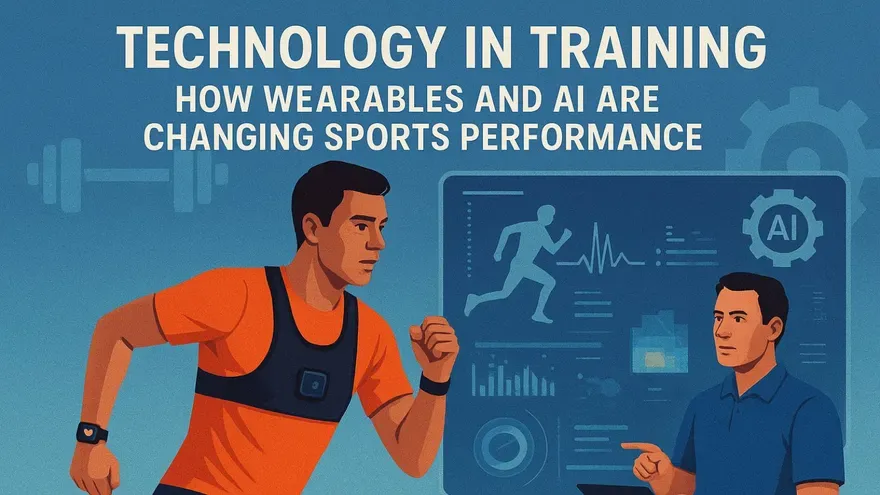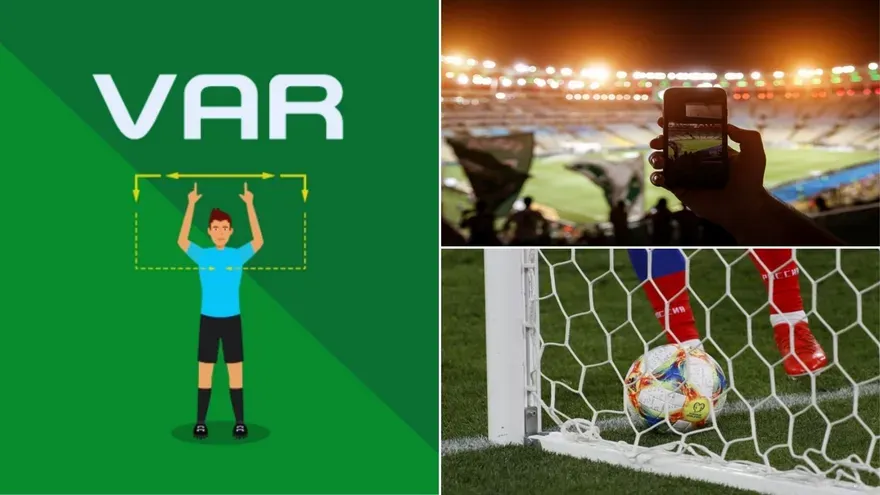While the athletes themselves are the unsung heroes behind their successes, cutting edge technology makes sure that everyone - regardless of disability - can thrive at the games as they strive to win gold for their nations.
Prosthetic blades
Paralympic athletes frequently utilize springy, lightweight running blades in place of their calf and ankle during sprints, lifts, and jumps.
The first running blades were created in the 1970s by American inventor and amputee Van Phillips after he studied the movements of kangaroos and cheetahs.
He came to the conclusion that, for quick and comfortable mobility, concentrating on imitating the muscles and tendons of the amputated limb was preferable to trying to reconstruct the hard bone structures.
In 1996, the "cheetah" blade, which is still often used in Paralympic competitions, was introduced. Modern blades are constructed entirely of carbon fiber, which is a durable and light material.
Each of the numerous layers of carbon fiber helps to strengthen the blades overall and promotes their flexibility, or "springiness."
Wheelchairs
Numerous Paralympic sports, including rugby, basketball, tennis, and racing, feature wheelchair use. Racing wheelchairs are primarily built of aluminum, similar to prosthetic blades, but they also incorporate carbon fiber technology to make them lighter and stronger.
Advanced 3D printing techniques can be used to customize the wheelchair seats to fit an athlete's body. This enables improved performance and comfort.
The wheels are positioned with a 10-15 degree camber to increase lateral stability when athletes are working out quickly.
The gloves that athletes use to push their chairs are important because they boost pedal force. To make sure that the wheelchairs are the closest possible extensions of the athletes' bodies, 3D printing technology is once again used to create customized gloves for competitors.
Also Read | Introduction to AI in Sports
Sportspeople require wheelchairs for more reasons than just speed. The 2020 Tokyo Paralympics will feature badminton for the first time as a sport.
In order to succeed in badminton, players must be able to push the shuttlecock long, short, quickly, and slowly.
In order to allow players to move freely, twist, or lean backward without falling backward or tipping sideways, wheelchairs used for Paralympic badminton additionally have a modified backrest and additional caster wheels at the back.
These wheelchairs are made from materials comparable to those used in racing, but they have extra features that improve comfort, performance, and safety.
Blind caps
Athletes who are blind or visually handicapped have long relied on their coaches to fill in during swimming-related races using "tappers."
The tapper, which is just a long pole with a soft ball at the end, has been one of the most significant aids to blind swimming.
The Paralympian is then free to swim fearlessly while coaches tap them on the head as they get close to each end of the pool to make sure they know when to turn around.
There is no standardized tapper for the games, so it requires a lot of practice and trust between coach and athlete. It is also a fairly crude method.
Finally, Samsung has created an ingenious electronic swimming cap that uses the technology that will render the tapper obsolete.
Coaches can use an app to send vibrations to the innovative cap, which has a vibrating sensor and Bluetooth. This will prompt the swimmer to turn.
This ground-breaking piece of technology can also gather data on the swimmer's performance, which means it will not only assist but also help athletes' skills grow.
The cap can be controlled by the "The blind cap" software, which is available on a variety of devices, so it might even end up becoming a tool for today's visually impaired people!
Must Read | Sports is Changing so the technologies...














